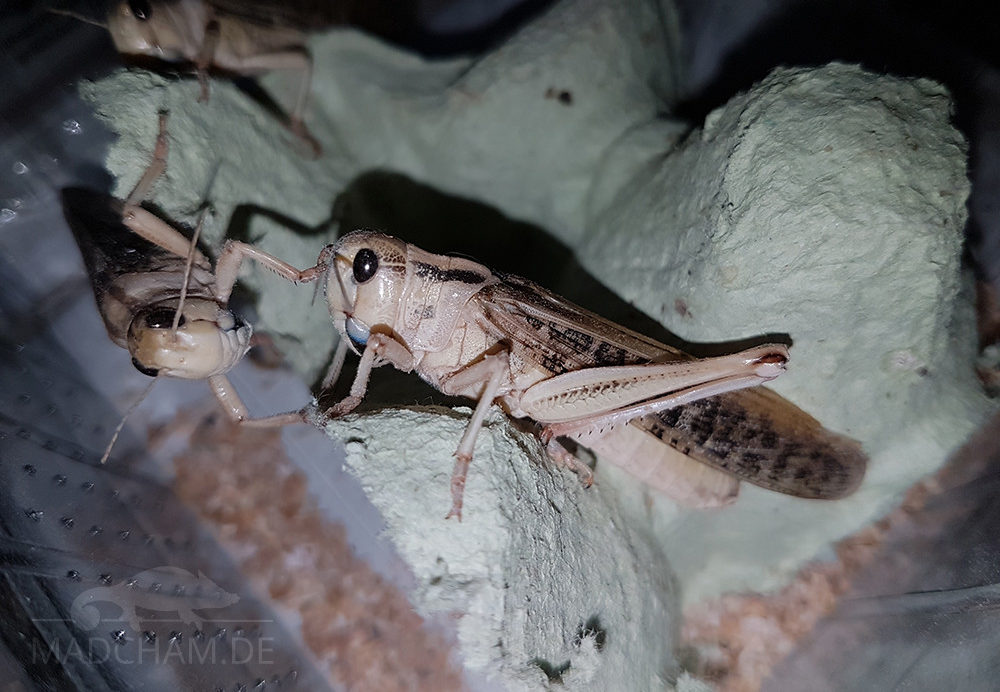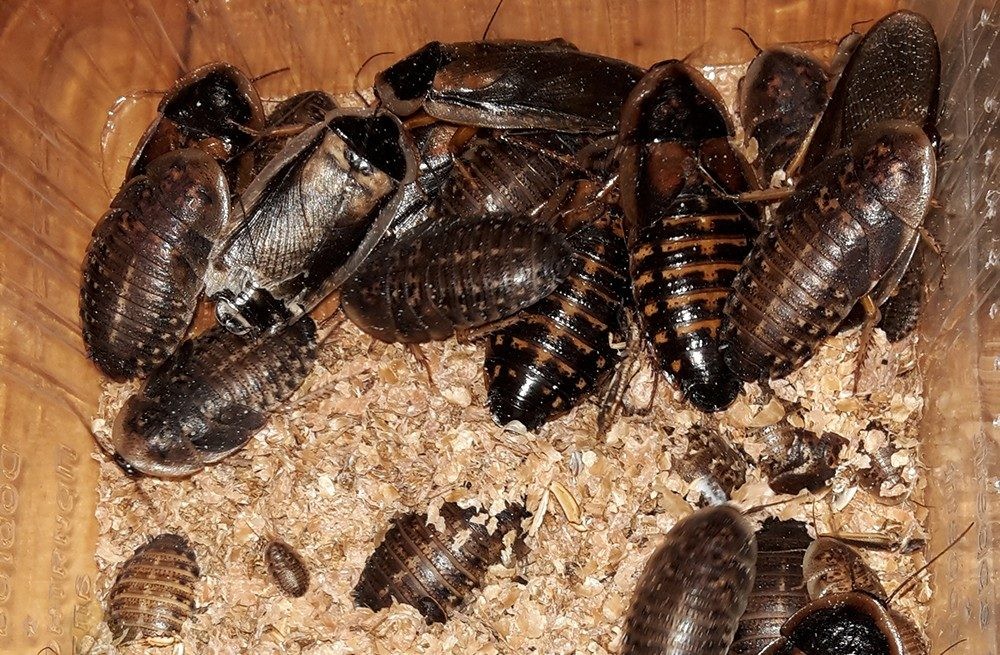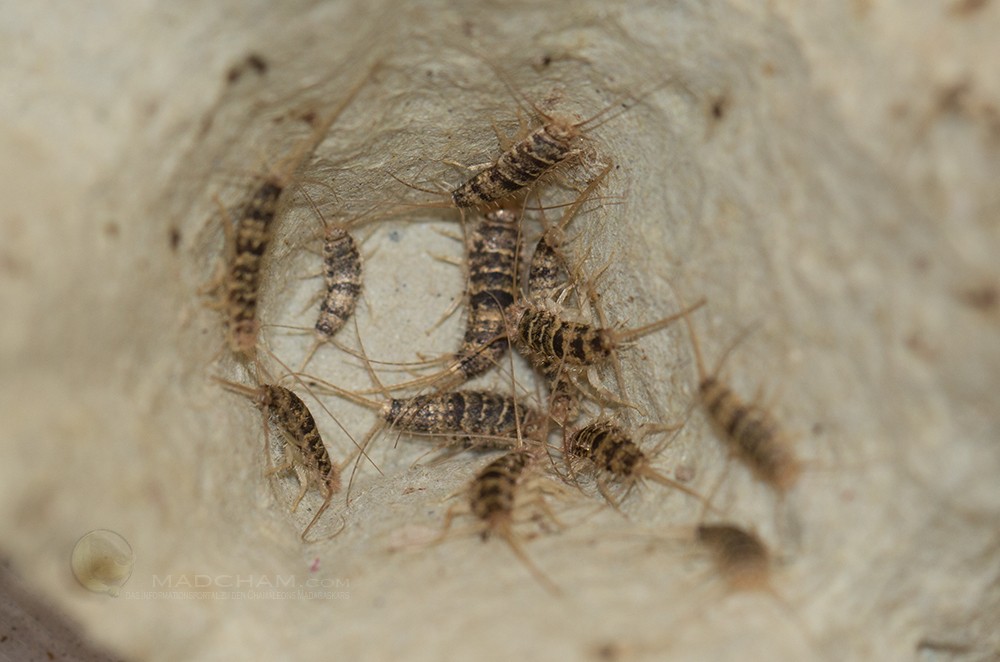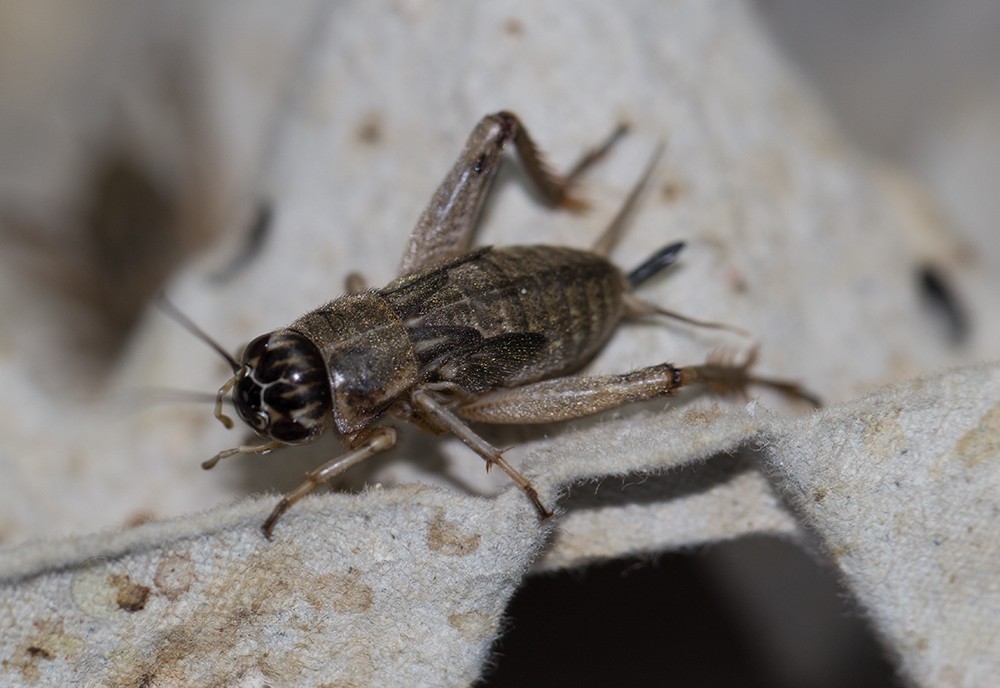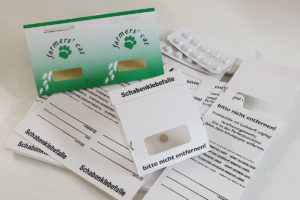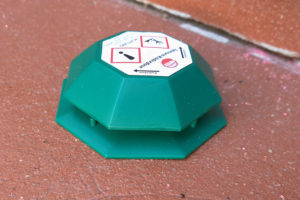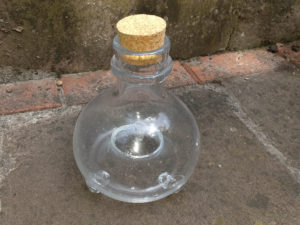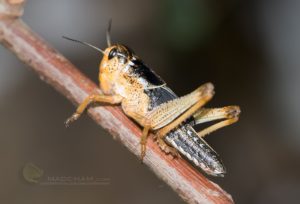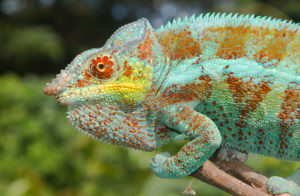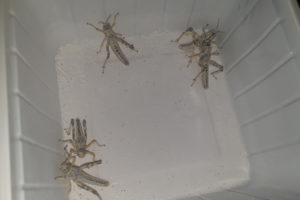At some point it happens to every chameleon keeper: feeders, which were actually meant for the chameleon, have made off and run around freely in the apartment. Most feeders cannot reproduce in the average European living room. Nightly, persistent chirping of lonely, adult crickets, or the fright of the rest of the family when a runaway cockroach appears on the kitchen tiles, however, is usually enough to want to capture the annoying new roommates gladly again. Here are collected some tips on this. By the way, for orientation regarding the “pest potential,” we have marked all feeders on this page with colorful markings.
Adhesive traps
Works on: Cockroaches, small crickets, and house crickets
There are various adhesive traps for sale in pet shops, DIY stores, and garden centers. Mostly they are sold as “roach traps”. The common sticky traps are folded into a kind of tube and labeled with the date. Then the sticky traps are simply laid out in possible locations where the escaped insects might be. It is best to place the traps as close to walls or baseboards as possible. Most sticky traps come with small tablets to act as attractants. You simply stick them in the center of the sticky area of each trap. Attracted by the attractant, the escaped feeder enters the sticky cardboard, cannot move on, and dies after some time. Sticky traps must be replaced regularly, otherwise, the adhesive will be covered either by dead insects or by dust.
Yellow stickers
Works on: fungus gnats, hump flies, fruit flies, beetles, lice
Yellow stickers are known for gardening and planting. They are usually stuck into flower pots. Yellow stickers are also ultimately adhesive traps. The color attracts fungus gnats and other small flies. They stick to the sticky trap and die. Please do not use inside the chameleon terrarium under any circumstances, but only outside!
Bait traps
Works on: Cockroaches, oven fish, isopods, ants
Bait traps consist of small plastic boxes that you buy ready prepared with bait inside. Unfortunately, bait traps for terraristics have a significant disadvantage. They work via poison in the bait. Feederss, which have eaten from the bait, die after a while and not immediately while eating. So they walk around with the poison for a while. If they are caught again and fed without further ado, they can still harm the chameleon. In addition, it is unfavorable that the insects die only behind baseboards, in-floor cracks, or under the cabinet and can hardly be removed.
Sprays and foggers
The usual sprays, such as Ardap, are based on the active ingredient permethrin. Permethrin is highly toxic not only for insects and arachnids, but also for cats living in the household (but not for dogs), and in high doses also for reptiles. Supposedly “safe” sprays should therefore not be used liberally in rooms with terrariums or cats. So-called foggers or nebulizers work by placing a can in the center of the room, activating it, and leaving the room for a few hours. The can nebulize the working agent into the whole room. Afterward, air the room thoroughly. Foggers are not suitable for terrarium rooms, as the fog also settles inside the terrariums.
Bottle trap
Works for: Crickets
A well-functioning trap for crickets and the like can be easily made by yourself. The material is usually in the house. It is quickly and easily assembled. The advantage of this trap is that the captured insects can still be fed without problems.
Material needed:
– 2 PET bottles
– a sheet of paper
– a pair of scissors or a cutter knife
– a stock cube
The bottom of both bottles is cut off. Glue one part of the bottle neck upside down into the other without the lid. Place a moistened, crushed stock cube in the protruding bottleneck and screw the lid back on. Finally, place or glue a strip of paper in the other (open) bottle neck so that the crickets can walk on it into the bottle. They will then fall into the trap and will not make it out.
Flyglasses
Works on: Fruit flies, flies
Plastic cups sold as “fruit fly stoppers” have a funnel at the top and an attractant at the bottom of the jar. The fruit flies can get in, but can’t find their way out. A slightly fancier and old-fashioned version is the “flycatcher jar.” It consists of a carafe corked at the top with the bottom turned inward and open. Juice or vinegar water (for fruit flies), rarely meat broth (for blowflies), is poured into this bottom as an attractant. The jar hangs in the air or stands on feet so that the flies can fly in from below. The flies then try to fly away upwards, but this is prevented by the cork. The advantage of fly jars is that the insects caught can still be fed to chameleons.

